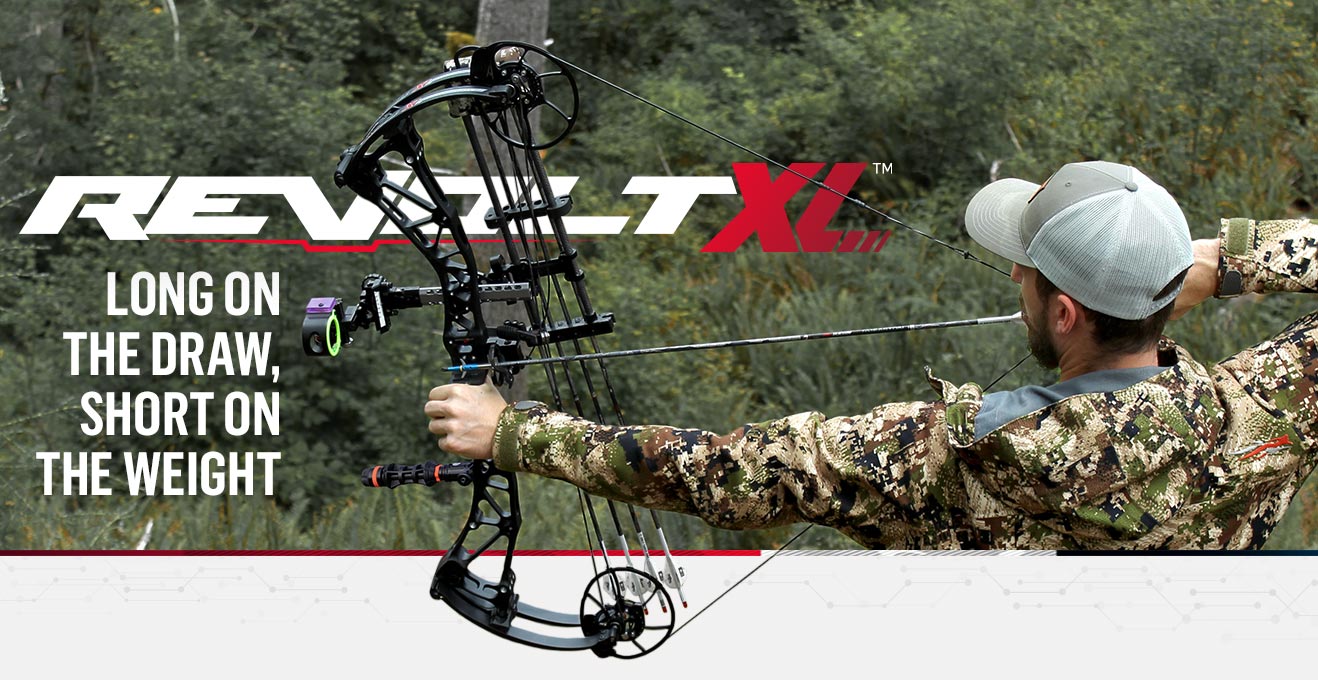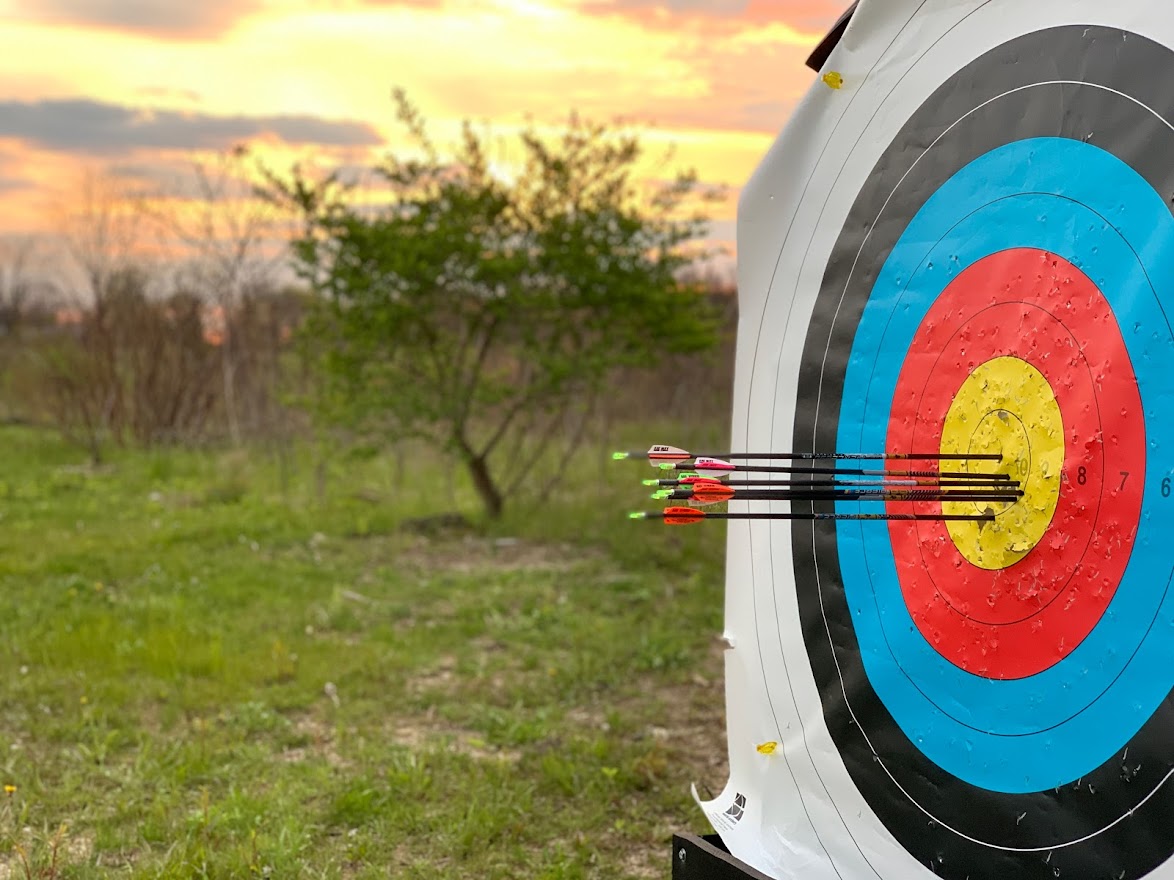Why Bow Stabilizers Issue: Improve Your Capturing Precision Today!
Why Bow Stabilizers Issue: Improve Your Capturing Precision Today!
Blog Article
Increase Your Archery Efficiency: The Ultimate Overview to Bow Stabilizer Configuration
Enhancing your archery efficiency needs a careful approach to every facet of your equipment arrangement. Among the various parts that add to accuracy and security, the bow stabilizer plays an essential role in refining your shot implementation. Comprehending how to maximize your bow stabilizer arrangement can cause considerable enhancements in your total precision and uniformity on the range or in the field. As we explore the complexities of choosing the best stabilizer weight, positioning, and adjust techniques, you will uncover the key to unlocking your complete potential as an archer.
Recognizing Bow Stabilizers
In the realm of archery tools, the duty and function of bow stabilizers stand as crucial parts for enhancing shooting accuracy and stability. Bow stabilizers are developed to lessen bow torque, lower resonances, and assist in holding the bow steady throughout the aiming and launch procedure. By attaching a bow stabilizer to the riser of the bow, archers can experience enhanced equilibrium and lowered hand shock, causing even more constant and precise shots.
The main objective of a bow stabilizer is to wet any vibrations that occur upon releasing the arrowhead. This decrease in vibration not only boosts the shooter's comfort however likewise assists preserve focus and control throughout the shot cycle. Furthermore, bow stabilizers help in counteracting the weight of devices attached to the bow, such as views, quivers, and arrow relaxes, making certain optimal weight circulation for improved security.
Recognizing the mechanics and benefits of bow stabilizers is crucial for archers wanting to tweak their shooting efficiency and attain higher precision on the variety or in the field.
Picking the Right Stabilizer Weight
Selecting the ideal weight for your bow stabilizer is an essential facet of enhancing your archery configuration for enhanced shooting performance. The stabilizer weight directly affects just how effectively the stabilizer decreases vibration and stabilizes your bow throughout the shot. When selecting the ideal stabilizer weight, it's necessary to consider your shooting design, bow balance, and personal preferences.
Lighter stabilizers, typically weighing between 3-6 ounces, are favored by archers who focus on ability to move and fast target acquisition. These stabilizers are suitable for seekers or those that shoot in difficult terrains where movement is crucial. On the other hand, heavier stabilizers, ranging from 8-12 ounces or more, are chosen by target archers seeking maximum stability and lowered bow motion. The included weight aids hold the bow steadier throughout the aiming procedure and lessens the impacts of torque on the bow.
Ultimately, the ideal stabilizer weight for you will rely on your shooting goals and preferences. Trying out different weights and locating the one that uses the ideal equilibrium of security and ability to move is key to boosting your archery performance.
Putting Up Your Bow Stabilizer
To appropriately mount your bow stabilizer, guarantee that you have all the needed devices and adhere to these step-by-step guidelines for a effective and safe and secure configuration. Beginning by determining the front stabilizer bushing on your bow riser. Many bows have pre-threaded holes for stabilizer setup. Next, use a little quantity of bowstring wax to the strings of the stabilizer bolt to avoid it from loosening up throughout use.
Thoroughly string the stabilizer right into the front bushing by hand, making certain not to cross-thread page it (bow stabilizer). As soon as the stabilizer is well in location, utilize an ideal wrench to tighten it securely. Prevent over-tightening, as this can create damages to the bow or stabilizer
After setting up the stabilizer, check to guarantee it is straight and lined up with the bow. Some stabilizers include adjustable weights or dampeners; adjust these according to your preferences and shooting design. Lastly, test the acquiesce guarantee the stabilizer is properly reducing vibration and boosting your shot consistency.
Adjusting Stabilizer Setting for Accuracy
After setting up the bow stabilizer safely, enhancing its setting is critical for boosting accuracy in your capturing. The setting of the stabilizer can substantially impact the balance and stability of your bow during the shot cycle. To readjust the stabilizer for optimal accuracy, beginning by try out different positions. Moving the More Info stabilizer better to the riser can assist minimize the bow's overall weight circulation, potentially boosting your intending stability. On the other hand, extending the stabilizer further out can improve the bow's forgiveness and decrease the effects of torque on the shot.
When adjusting the stabilizer setting, think about the type of capturing you do. For target archery, a longer stabilizer positioned additionally out might be advantageous for added security throughout the intending procedure. On the other hand, hunters might favor a shorter stabilizer for better ability to move in the area. Remember to make small adjustments and check your arrangement after each change to establish the ideal setting for your capturing style and preferences.
Fine-Tuning Your Stabilizer Configuration

Additionally, take into consideration the placement of any dampeners or weights along the stabilizer rod. Moving these components closer to or better from the riser can alter the stabilizer's total effect on your bow's equilibrium. Fine-tuning these details can help in reducing resonance, decrease hand shock, and improve overall control during the shot implementation.
On a regular basis reassess your stabilizer arrangement as your capturing strategy progresses to guarantee it proceeds to match your form and shooting goals. By finetuning your stabilizer setup with precision and care, you can maximize your bow's performance and elevate your archery abilities to brand-new elevations.
Conclusion
Finally, maximizing your bow stabilizer configuration is essential for enhancing your archery performance. By recognizing the function of stabilizers, selecting the ideal weight, properly setting up and positioning the stabilizer, and tweak its setup, you can boost your precision and uniformity in shooting. Take the time to trying out various arrangements and modifications to discover visit the website the setup that works finest for you and aids you accomplish your archery goals.
Bow stabilizers are designed to lessen bow torque, reduce resonances, and aid in holding the bow consistent during the intending and release procedure. By attaching a bow stabilizer to the riser of the bow, archers can experience enhanced balance and lowered hand shock, resulting in more exact and consistent shots.

The stabilizer weight straight influences just how successfully the stabilizer lowers vibration and maintains your bow during the shot. bow stabilizer. By understanding the objective of stabilizers, picking the appropriate weight, correctly setting up and placing the stabilizer, and fine-tuning its setup, you can enhance your precision and uniformity in capturing
Report this page